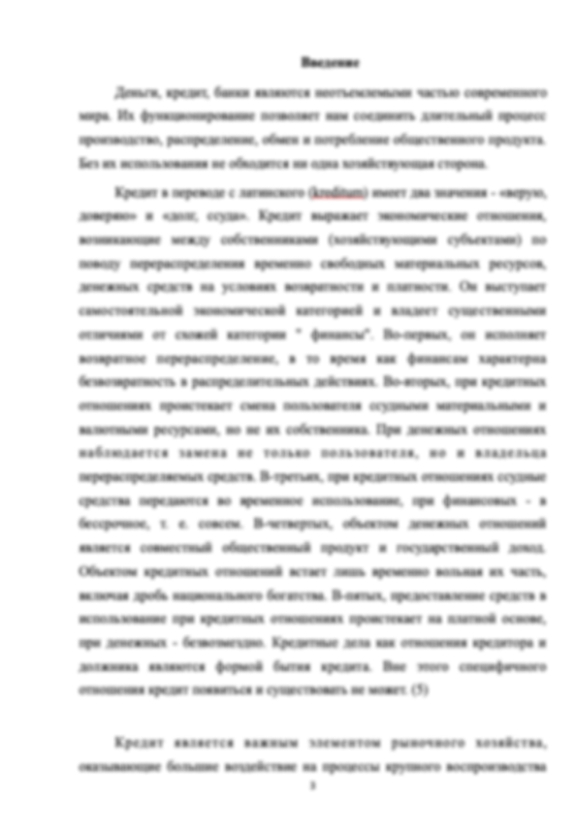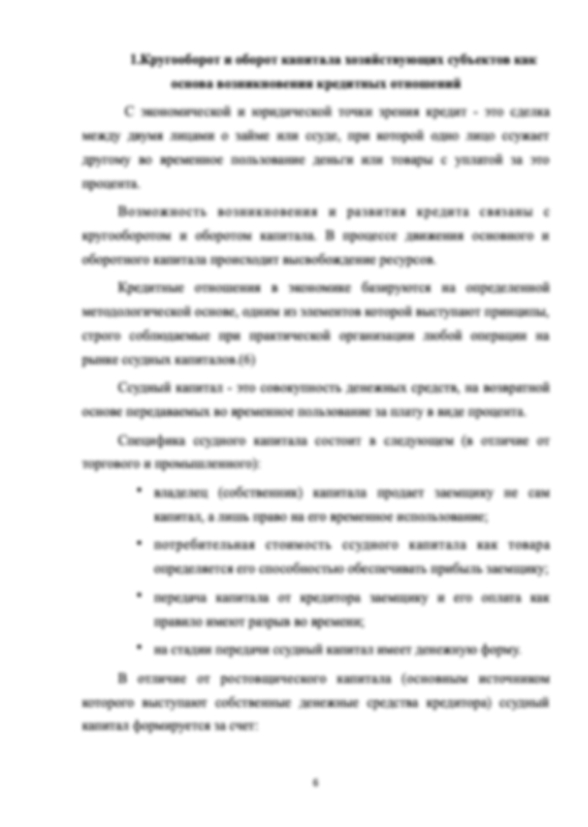Хорошо.
Информация о работе
Подробнее о работе

Перевод статьи, название: Managers’ roles are evolving
- 8 страниц
- 2021 год
- 0 просмотров
- 1 покупка
Гарантия сервиса Автор24
Уникальность не ниже 50%
Фрагменты работ
Пример перевода первого предложения:
Менеджеры должны развивать искусство достижения необходимых для них результатов с помощью организационных ресурсов, включающих в себя сотрудников, финансовые ресурсы, информацию и оборудование.
Managers must practice the art of getting things done through organizational resources, which include workers, financial resources, information, and equipment. At one time, managers were called “bosses” and their job consisted of telling people what to do, watching over them to be sure they did it, and reprimanding those who didn’t. Many managers still behave that way. Perhaps you’ve witnessed such behavior; some coaches use this style.
Today, however, most managers tend to be more progressive. For example, they emphasize teams and team building; they create drop-in centers, team spaces, and open work areas. They may change the definition of work from a task you do for a specified period in a specific place to something you do anywhere, anytime. They tend to guide, train, support, motivate, and coach employees rather than tell them what to do. Thus most modern managers emphasize teamwork and cooperation rather than discipline and order giving. They may also open their books to employees to share the company’s financials.
Managers of high-tech firms, like Google and Apple, realize that many workers often know more about technology than they do. At first, Google tried to get by with no managers. Soon, however, it found that managers were necessary for communicating strategy, helping employees prioritize projects, facilitating cooperation, and ensuring that processes and systems aligned with company goals.
The recent financial crisis forced many leading firms to fire managers and lower-level workers. Managers tended to be cautious in starting new ventures as they waited to see what the economy would do. That hesitancy contributed to high unemployment in the United States.
The people entering management today are different from those who entered in the past. Leaders of Fortune 100 companies tend to be younger, more of them are female, and fewer of them were educated at elite universities. Managers in the future are more likely to be working in teams and assuming completely new roles in the firm. For one thing, they’ll be doing more expansion overseas. Further, they may be taking a leadership role in adapting to climate change.
What these changes mean for you is that management will demand a new kind of person: a skilled communicator and team player as well as a planner, organizer, motivator, and leader. Future managers will need to be more glob- ally prepared; that is, they need skills such as adaptability, foreign language skills, and ease in other cultures. We’ll address these trends in the next few chapters to help you decide whether management is the kind of career you would like. In the following sections, we shall discuss management in general and the functions managers perform.
THE FOUR FUNCTIONS OF MANAGEMENT
The following definition of management provides the outline of this chapter: Management is the process used to accomplish organizational goals through planning, organizing, leading, and controlling people and other organizational resources.
Planning:
Setting organizational goals.
Developing strategies to reach those goals.
Determining resources needed.
Setting precise standards.
Leading:
Guiding and motivating employees to work effectively to accomplish organizational goals and objectives.
Giving assignments.
Explaining routines.
Clarifying policies.
Providing feedback on performance.
Organizing:
Allocating resources, assigning tasks, and establishing procedures for accomplishing goals.
Preparing a structure (organization chart) showing lines of authority and responsibility.
Recruiting, selecting, training, and developing employees.
Placing employees where they’ll be most effective.
Controlling:
Measuring results against corporate objectives.
Monitoring performance relative to standards.
Rewarding outstanding performance.
Taking corrective action when necessary.
Planning includes anticipating trends and determining the best strategies and tactics to achieve organizational goals and objectives. One of the major objectives of organizations is to please customers. The trend today is to have planning teams to help monitor the environment, find business opportunities, and watch for challenges. Planning is a key management function because accomplishing the other functions depends heavily on having a good plan.
Organizing includes designing the structure of the organization and creating conditions and systems in which everyone and everything work together to achieve the organization’s goals and objectives. Many of today’s organizations are being designed around pleasing the customer at a profit. Thus they must remain flexible and adaptable, because when customer needs change, firms must change with them. Whole Foods Market, for example, is known for its high-quality, high-priced food items. But it has introduced many lower-cost items to adjust to the financial losses of its customer base. General Motors lost much of its customer base to manufacturers of more fuel-efficient cars. It hopes to win back market share by offering hydrogen- powered or electric vehicles that cost less to run. GM has had some success in doing that.
Leading means creating a vision for the organization and communicating, guiding, training, coaching, and motivating others to achieve goals and objectives in a timely manner. The trend is to empower employees, giving them as much freedom as possible to become self-directed and self-motivated. This function was once known as directing; that is, telling employees exactly what to do. In many smaller firms, that is still the manager’s role. In most large firms, however, managers no longer tell people exactly what to do because knowledge workers and others often know how to do their jobs better than the manager does. Nonetheless, leadership is still necessary to keep employees focused on the right tasks at the right time.
Controlling establishes clear standards to determine whether an organization is progressing toward its goals and objectives, rewarding people for doing a good job, and taking corrective action if they are not. Basically, it means measuring whether what actually occurs meets the organization’s goals.
Planning, organizing, leading, and controlling are the heart of management, so let’s explore them in more detail. The process begins with planning; we’ll look at that right after the Test Prep questions.
Перевод данной статьи под названием "Managers’ roles are evolving" был выполнен квалифицированным и дипломированным переводчиком в 2021 году.
Форма заказа новой работы
Не подошла эта работа?
Закажи новую работу, сделанную по твоим требованиям


